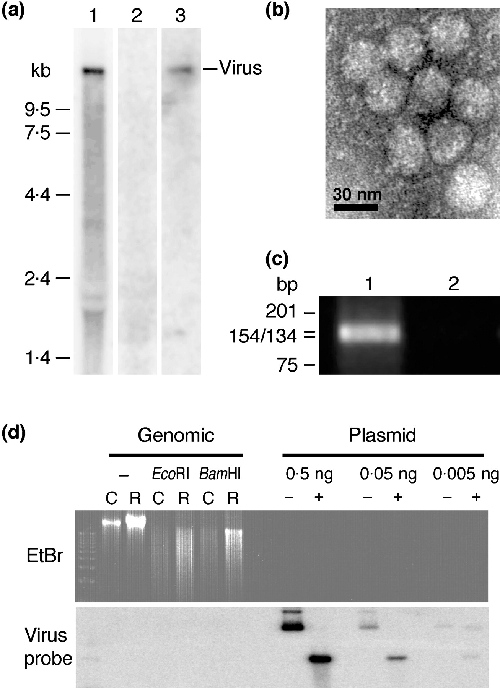Riboviria, Something you'd like to know
Riboviria
Riboviria is a realm of viruses that includes all viruses that use a homologous RNA-dependent polymerase for replication.
It includes:
- RNA viruses that encode an RNA-dependent RNA polymerase(RdRp).
- Reverse-transcribing viruses (with either RNA or DNA genomes) that encode an RNA-dependent DNA polymerase(RdDp).
RdRp and RdDp enzymes are essential for replicating the viral genome and transcribing viral genes into messenger RNA (mRNA) for translation of viral proteins.
Riboviria likely descended from non-viral elements that encode reverse transcriptase. It has few prokaryotic viruses, and includes most eukaryotic viruses.
Well known species are included:
- coronaviruses, ebola virus, HIV, influenza viruses, rabies virus, and Tobacco mosaic virus.
Characteristics
- RdRp: Based on the Baltimore classification system:
- positive sense single-stranded RNA (+ssRNA) viruses
- negative sense single-stranded RNA (-ssRNA) viruses
- double-stranded RNA viruses (dsRNA)
Viral mRNA is translated by the host cell’s ribosomes to produce viral proteins. In order to produce more viruses, viral RNA-dependent polymerases use copies of the viral genome as templates to replicate the viral genome.
- For +ssRNA viruses, an intermediate dsRNA genome is created from which +ssRNA is synthesized from the negative strand.
- For -ssRNA viruses, genomes are synthesized from complementary positive sense strands. dsRNA viruses replicate their genomes from mRNA by synthesizing a complementary negative sense strand to form genomic dsRNA. For dsDNA-RT viruses, pregenomic RNA created from the cccDNA is retrotranscribed into new dsDNA genomes. For +ssRNA-RT viruses, the genome is replicated from the integrated genome. After replication and translation, the genome and the viral proteins are assembled into complete virions, which then leave the host cell.
Some virus photos
 |
|---|
| © Mazen S. Habayeb, 2006 Characterization of Nora virus in Rosiphila. |
Riboviria, Something you'd like to know









